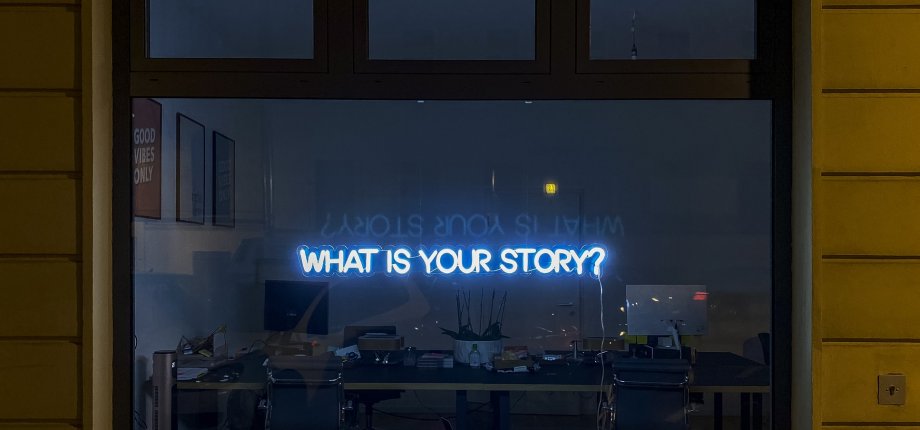Stay in touch with the latest news from AIM and get information on sector grants, jobs and events with our free fortnightly E-News.
The power of stories

Why they matter and how to tell them
WANDR – a new mobile app start-up highlights the importance of telling a good story to engage visitors effectively.
As human beings we are characterised by ferocious levels of curiosity. Storytelling is cited as a central to human nature, fundamental in what makes us who we are. We tell stories to share, explore, and reinvent our understanding of the world. This makes storytelling one of the most powerful tools at a museum’s disposal.
The stories you present with your exhibits can serve to demonstrate their significance and define how your visitors experience them. Facts and figures, for example, can lose their lustre if they’re not presented in a way that connects with us. In this article, an ode to good stories, we’ll celebrate their significance and explore how best to tell them.
Stories help to build trust
It’s hard to find an aspect of a museum’s life – from fundraising, to return visits, to engagement, that is not in some way affected by trust. Good storytelling demonstrates to your visitors precisely why your institution deserves to exist. It preserves the significance of your exhibits by connecting visitors with their history. An object on its own is soon forgotten; an object and its story can last a lifetime. To thrive as an institution is to establish authority and trust. To establish authority and trust is to tell the right stories.
Stories drive action
When a visitor understands why something matters, they’re far more likely to take positive action. For example, funding drives or volunteer programmes can be transformed in scope if your stories are told effectively. Most people have the desire for positive action within them; all it takes is connecting them to what matters.
Stories can shape your entire visitor experience
Taking the time to find stories that work for your venue can unearth rich new territories of discovery. Once you’ve nailed down why your exhibits matter and how you want to share them with your visitors, the ways in which you present them may radically change. New visitor routes, connections, and opportunities are often just a story away.
How to tell compelling stories
So, how do you tell a story that makes a lasting impression? Some rules of thumb include:
- Good stories are honest. Cultural institutions can serve as an antidote to today’s data-driven, post-truth landscape. A good story will cut through the noise – not add to it.
- Tell them why the facts matter. Visitors will switch off if you only show them cold hard facts. If they can’t relate to what you’re showing them, they’re far less likely to understand – or even care. Stories are powerful because they engage with our emotions. This isn’t about misleading your visitors, nor is it about underestimating their intelligence. It’s about conveying why the facts matter in the first place.
- Remember the story behind the story. Your stories don’t just have to be about the objects themselves; the people and journeys behind your exhibits can be just as compelling. Your volunteers, trustees, colleagues, community, and your mission can all form valuable aspects of your venue’s story. Think about your exhibits but remember what keeps them there too.
WANDR is a flexible low-cost mobile app designed to help venues tell their stories
Curate your own audio tours which visitors can take on their smartphones in-venue or remotely. Sign up and get 20% off all paid plans, free plan also available. Visit www.wandrguides.com for more information.
